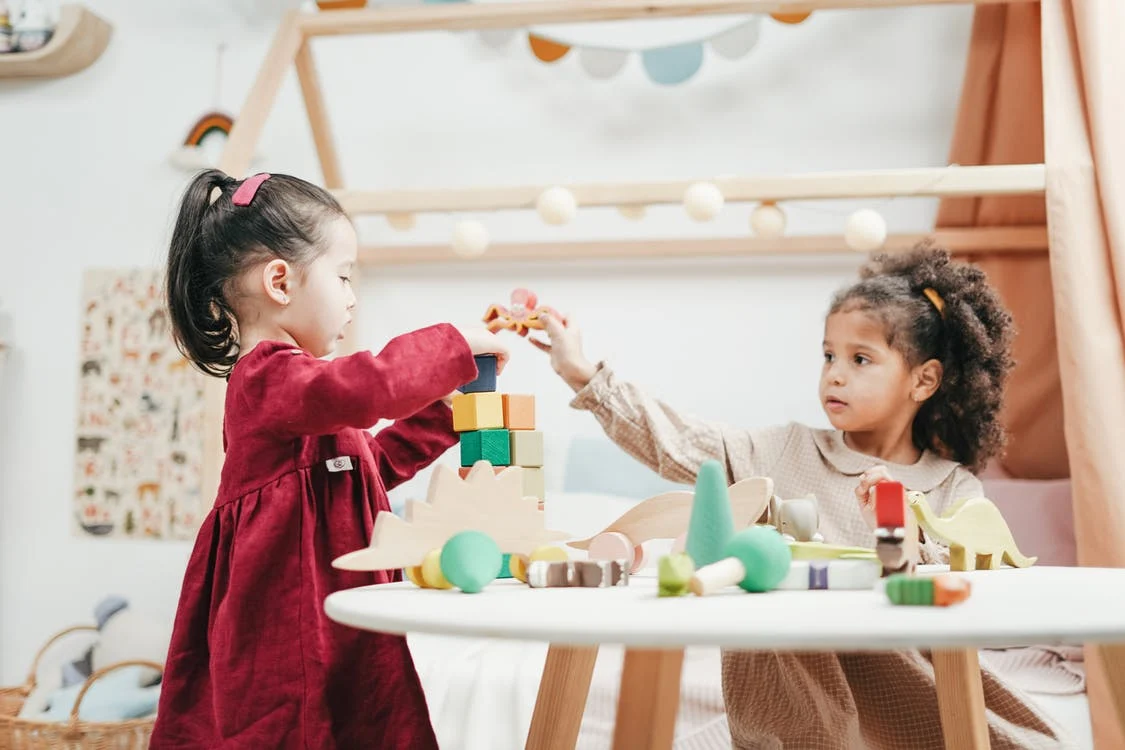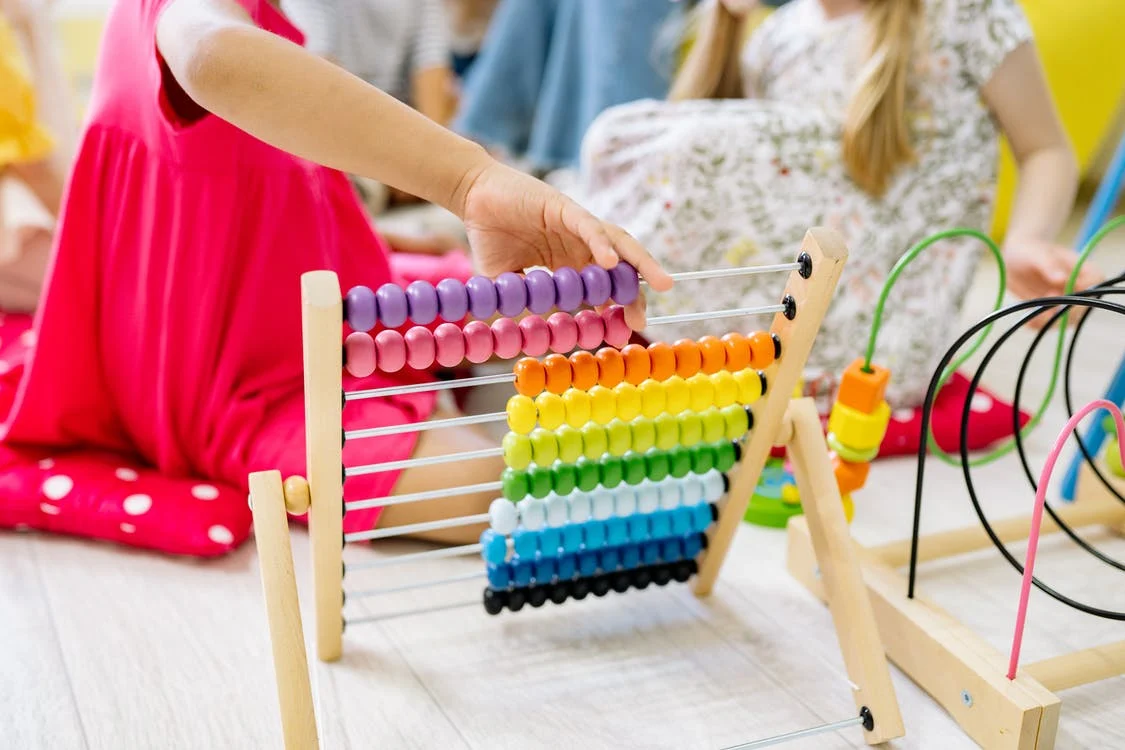Babies are curious about their surroundings and have a lot to learn, but the best toys engage a child’s senses, spark their imaginations, and encourage them to interact with others. A sensory toy is one that is intended to stimulate one or more of the senses. Sensory toys may be more appealing to autistic children because they can help the child remain calm while providing the sensory experience they desire. These toys benefit autistic children by allowing them to engage with their senses, provide feedback to their sensory systems, and regulate their sensory needs but this does not limit the positive effects of sensory toys on all children.
Exploration, curiosity, problem solving, and creativity are all encouraged through sensory play. It promotes the development of language and motor skills by assisting in the formation of nerve connections in the brain. Here are the different types of sensory toys that we are going to explore:
1. Sensor Toys
Some sensory processing disordered children are under-responsive to sensation and frequently require intense outside sensations such as texture, touch, pressure, and speed. Sensory toys provide a quick sensory response, allowing children to relax and focus their attention like when they get so indulges when they are exposed to various ideas of teaching them how to paint where the amazement of color captures so much of their attention. It is critical to ensure that a child receives the sensory response he desires. If a child desires more or a different response, he may abuse a toy to obtain it, which can be hazardous. Some effective sensory toys include:
- Water or sand tables, finger paint, mini trampolines, or personal bouncers: Mini trampolines provide a quick and repetitive response.
- Using the appropriate toys for a child’s specific needs is a fun way to teach self-management techniques and learn new skills.
2. Cause and Effect Toys
According to research, cause-and-effect teaches babies about the relationships between objects in their environment. This crucial concept also applies to the development of language skills such as reading comprehension, writing, and mathematics.
Toys with cause and effect teach children that their actions can have an effect on the world. When a child shakes a rattle or pushes a ball through a hole, it demonstrates to them that they can change something in their environment. This promotes curiosity, attention, and deliberate play. Toys that promote visual motor and grasping skills are especially beneficial for children with autism because they allow for hand-eye coordination, sensory exploration, and repetitive sequences.
Some of the more popular cause and effect toys include:
- Shake a rattle or ring a bell.
- The handle is used to open and close a door or cabinet.
- Fill a container with rice, water, beans, crumpled paper, leaves, and feathers and play with it (or any other item you have). As you play with it, pay attention to the sounds and textures. Fill a cup halfway with the item and watch it fall out. Splash around in the water and observe how it moves.
- Shape sorters, pop-up toys, water squirters, light-up toys, and sing-a-ma-jigs are some of the more popular types of toys (Sing-a-ma-jigs make a variety of noises when squeezed.)
3. Oral Motor Stimulators
Oral motor toys are intended to go into or engage a child’s mouth. These toys can be effective stimulators for children who want to chew or who have oral motor difficulties. Oral-motor exercises are used in speech and language therapy to help people who have difficulty speaking. Oral-motor exercises can also help people who have trouble moving the oral-motor muscles of the lips, vocal folds, tongue, and jaw which are used for eating and drinking.
Some examples are:
- Chewy tubes are oral motor devices that provide a chewable surface for biting and chewing skills practice.
- Necklaces and bracelets that can be chewed
- Slides, wooden whistles, and warbling bird whistles
- Blowing bubbles teaches a child about breath control and lip pursing.
- Bring their hands and fingers to their lips and mouth.
- With a mirror, play Simon Says.
- Make a “hokey pokey” motion with your tongue and cheeks.
- Encourage the use of a spoon or other feeding utensil in various parts of the mouth.
- Close and open your mouth.
4. Puzzles
A puzzle is a game, problem, or toy that puts a person’s creativity or knowledge to the test. The solver of a puzzle is expected to put pieces together logically to arrive at the correct or fun solution of the puzzle. It provides many developmental benefits by allowing children to learn new skills while working toward a goal. A puzzle requires a child to pick up, grasp, and pinch pieces, some of which have knobs or three-dimensional components. This provides children with fine motor delays with an excellent opportunity to work on strengthening those skills. Puzzles also help children learn strategy, choice, and how pieces fit together to form a larger picture, which improves cognitive development.
There are several kinds of puzzles for kids:
- Puzzles that do not connect and have pieces that do not fit together. Many of these puzzles have knobs or pegs in them.
- Connecting (or jigsaw) puzzles with interlocking pieces. These puzzles are for children who have mastered non-connecting puzzles.
- Sliding puzzles with picture pieces divided into squares and empty space inside a case. These puzzles are more difficult and typically appeal to older children.
- Non-connecting puzzles with knobs assist children in developing fine motor skills.
5. Fidget Toys
Fidget toys aid learning by allowing the brain to filter out extraneous sensory information, allowing the child to actively listen, and pay attention. Fidgeting improves attention by allowing the child to concentrate on tasks in the classroom or online.
Fidget toys are frequently used to provide sensory input in a non-distracting manner. They can aid in task concentration and attention by allowing the brain to filter out extraneous sensory information. Fidget toys are a good option for children with ADD or ADHD to keep their hands and fingers busy while their brain is engaged like when they Play – with Doh and many other types of toys. It can help with self-regulation, stress reduction, and tactile awareness. There are numerous types of fidget toys available, but the most beneficial ones provide an experience with different or extreme textures as well as an effective medium to keep fingers busy.
Here are some examples:
- Make some play dough. This modeling compound comes in a variety of variations, ranging from foam to slippery, slimy “gak.” Regardless of the type, this classic provides the ideal outlet for hyper-creative energy.
- Squeezable stress balls and koosh balls.
- Toys that make noise, such as hand clappers or clackers.
- Cushions with sensory or “wiggle” properties. These tactile inflatable cushions aid children with attention and balance issues.
In conclusion, children learn to think, feel, and compare their environment and the objects in it by seeing, hearing, touching, tasting, and smelling. Using multiple senses at once promotes learning and language development, particularly with descriptive words and action.





